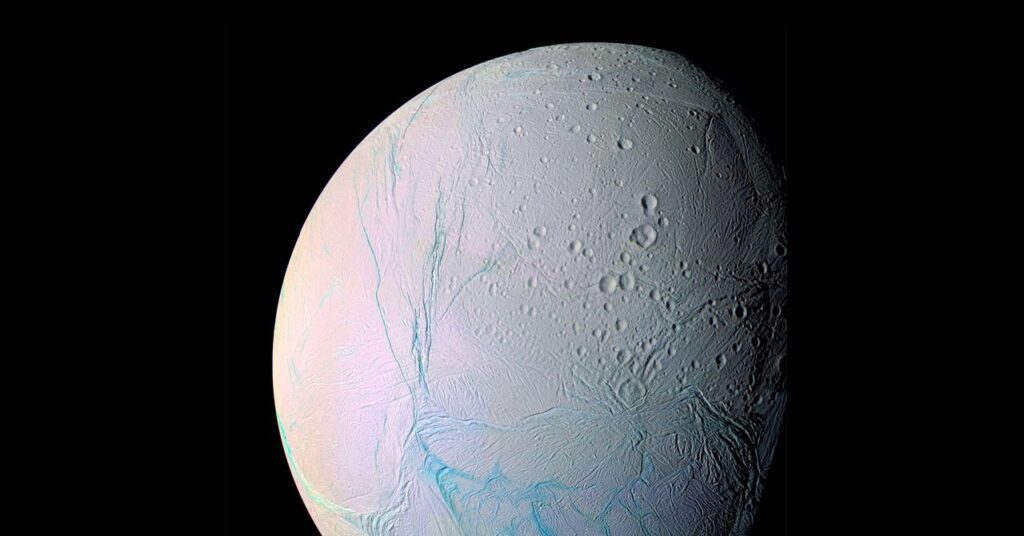Recent research has uncovered several previously unrecorded organic compounds on Enceladus, one of Saturn’s moons, as detailed in a study published in Nature Astronomy. The findings enhance our understanding of the moon’s chemical composition and raise hopes for the potential for life.
Using data from NASA’s Cassini spacecraft, which studied Saturn until its 2017 end, researchers focused on ice fragments ejected from Enceladus’s underground ocean. The moon, approximately 500 kilometers in diameter, is known for its cryovolcanoes that release geysers of water vapor and ice.
Past chemical analyses mainly involved particles in Saturn’s E ring. However, during a 2008 flyby, Cassini directly sampled newly ejected debris, leading to the discovery of both confirmed and previously undetected organic molecules.
These compounds could be vital for life, though they can also form abiotically. Their presence in newly ejected particles indicates they were formed in Enceladus’s ocean rather than from exposure to space, supporting the idea of hydrothermal processes beneath the surface.
This study adds to previous findings, identifying five of the six life-essential elements in the moon’s materials. Though this does not confirm life, it suggests that Enceladus fulfills three essential conditions for habitability: liquid water, energy sources, and necessary organic elements. According to the lead author, Nozair Khawaja, Enceladus should be considered a prime candidate for investigating potential life.


